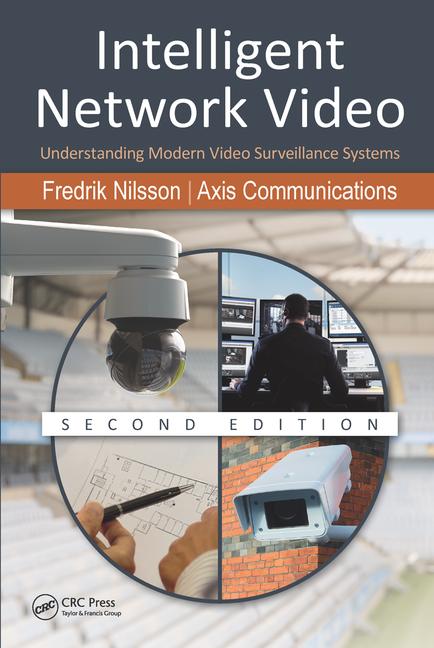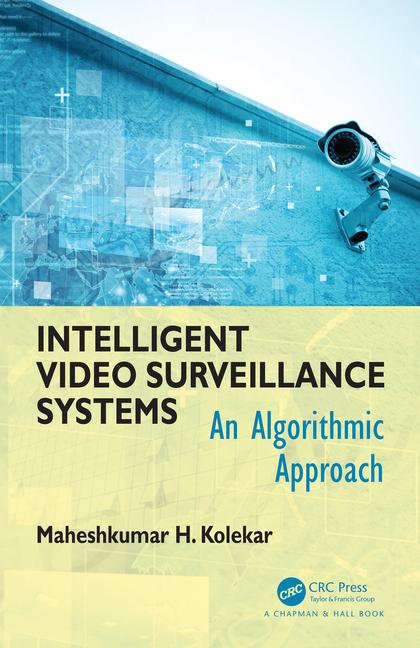Adopting Wireless Video to Tackle Covert Surveillance Operations
Crime and vandalism are down with wireless video.

Shown is a video surveillance camera installed in a the bird holes of cacti in Tucson, Arizona. Photo courtesy of Eyesite Surveillance

A Videofied wireless surveillance inside a panel on a pole provides discrete and wireless surveillance of a remote and formerly high-crime area. Photo courtesy of Eyesite Surveillance

A wireless, IP video camera installed on the side of a bus is ensuring the security of a bus system for 101 million passenger trips a year. Photo courtesy of Panasonic



Located at the western end of 36th Street in Tucson, Arizona, the 36th Street Trailhead provides access to Tucson Mountain Park, which offers plenty of trails and space to hike, go mountain biking, or go horseback riding.
But for a long time, the entrance to the trailhead was not a safe place to be, given the number of crimes that were taking place there. The area is remote and at the outer edge of police patrol, and some people were using the area to drink illegally, do drugs and commit other crimes. To top it off, the trailhead is jointly owned by the city police department and Sheriff’s office, so jurisdiction and responsibility over which agency would respond to 911 calls made the situation even more difficult.
“It all started when we began to get nuisance and loud noise calls from residents in the area,” explains Ramon Batista, Captain of the Tucson Police Department. “But because the calls weren’t considered a high priority, police normally wouldn’t respond for a few hours.” And once police did arrive, they would literally be heading into a situation without any knowledge of what they may encounter, for example, how many people or whether they had weapons, Batista says.
Batista, along with Sarah Horvath, the Tucson County risk manager, and the Pima County Sheriff’s Department, developed a program to address the crime taking place in the remote site, all on a limited budget.
The program included cleaning up the area, hiding wireless cameras from Videofied and then making all 911 calls from the area a higher priority in terms of police response.
First, recent graduates from the Tucson Police Academy teamed with a local high school and cleaned the graffiti, fixed fencing and repainted parking lot lines.
Next, three Videofied battery-powered MotionViewers were installed by Jason Gratton of Eyesite Surveillance. The installation included camouflaged control panels, camera installation in trees and even in the bird holes of cacti. One camera was placed on a wooden power pole, while the other two cameras were mounted in trees adjacent to the parking lot. The MotionViewers were painted to provide some degree of camouflage to casual passersby, Gratton says. “Within the first few months after installation, one of the cameras was found by the vandals and destroyed. The camera was replaced, but installed in a different tree with additional foliage added for concealment,” he explains. “Over the course of the next several months, several more incidents of vandalism to the cameras occurred, and we were forced to be trickier with our concealment. Finally, one of the cameras was mounted inside a hole on the side of a Saguaro cactus that was created by a Cactus Wren bird, impossible with a wired solution. The camera was painted to match the cactus and was packed in with twigs, leaves and other natural items to conceal the camera. This one was never found and provided some of the most important video that led to many of the arrests at the site. In addition to these types of concealment, EyeSite wrapped the control panel in camouflage fabric to make it look more natural and less like a brandnew plastic box hanging in the middle of the desert,” Gratton says.
While the site provided no ambient lighting at night, car headlights would illuminate the area as visitors drove up the entrance to the 36th Street Trailhead. Other times, visitors would leave their headlights on when they parked, augmenting the illumination provided by the infrared of the Videofied cameras, Gratton says. “Sometimes the visitors would be so bold as to light bonfires in the middle of the parking lot, providing adequate lighting for cameras to catch their activities while police were en-route to the scene,” Gratton says.
The third element to the program was that Captain Batista increased the priority of the alarm call and thus reduced coming from the area.
The results have been amazing: over the course of six months, more than 100 arrests have been made for outstanding warrants, gun violations, underage drinking, drug possession and robbery. Crime and vandalism are down; hikers and bikers feel safe again visiting the area. In addition, says Captain Batista, the program was a great example of a successful partnership between the Tucson County and Sheriff offices.
Wired or Wireless?
At the 36th Street Trailhead, wireless video MotionViewers was really the only option given the nature of the location. Wireless video systems are perfect where wiring is difficult, if not impossible. In addition, the battery-powered cameras can be moved to different locations easily, as often as you like. And as seen at the 36th Street Trailhead, the cameras can be hidden inside the existing infrastructure and scenery. Yet, disadvantages include the fact that the PIR detector that activates the camera may send many signals to the central station. A wired camera is more stable in this respect and can provide live views of the site instead of a clip of the event iself. Also video/audio transmission may be limited within the prescribed transmission range. These disadvantages will not occur to a wired camera.
A wireless camera system was the best way for the Denver Regional Transportation District (RTD) to enable staff to efficiently access high-quality video evidence to better protect riders, drivers and physical property, as well as to improve the investigation of criminal activity, safety violations, accidents and liability claims.
RTD installed Panasonic network cameras inside and outside of each bus, integrated with other hardware and software components for recording, file transfer, viewing and management. It leverages NICE Systems’ IP video management software and platform to view and manage video files, and integrate them with various other video and audio sources and case files to create a unified event timeline.
A key benefit of the solution is the ability for RTD staff to quickly and wirelessly offload flagged video files associated with specific incidents from buses’ in-vehicle recorders. This eliminates the need to manually offload data and search through files when investigating an incident, saving the agency significant time and cost. The in-vehicle technology also includes the capability for public safety officials to view live footage from the bus’s cameras during an emergency, from up to a block away.
Wired Versus Wireless Video Surveillance Systems
Choosing between the wireless video security cameras and wired systems can be difficult, unless you know the pros and cons of both systems.
As the name suggests, the biggest benefit that wireless security camera systems provide is that your system doesn’t need to be connected to a video room through meters of wiring. However, this creates its own problems because this means that the video room has to be within the wireless range of the camera.
The lack of wiring needed is also behind the second benefit: wireless cameras are often easier to move from one location to another.
According to Proxim Wireless, “In many cases the deployment of wired solutions requires trenching. Not only is it much more expensive, but in scenarios where direct trenching would require tearing down a historic building or trenching through a busy intersection, it quickly becomes unfeasible. Wireless solutions, in contrast, provide unparalleled flexibility.”
However, a problem with wireless security camera systems is that may be possible for a skilled software expert to hack into the video feed being transmitted by the wireless cameras. Moreover, the wireless nature of the cameras also means that the problem of interference from other electronic devices can be an issue.
Wired camera systems have been the conventional way to provide video surveillance security. These are, typically, closed circuit systems that cannot be interfered with outside of an enterprise’s premises. However, this security comes at the cost of installing much wiring, depending on the square footage, all over a property. This not only generates more cost, but also makes the security cameras much easier to spot and avoid for criminals.
Considerations
Both types of camera systems are evenly matched in their benefits and flaws. This means that for every individual, the choice would be unique. Here are some elements that would need to be considered.
- Power source
- Transmission range and obstructions
- Interference considerations
- Quality of resolution
- Cost of installation
- Size of the property or surveillance area
Information provided by Wireless Security Camera Systems
Looking for a reprint of this article?
From high-res PDFs to custom plaques, order your copy today!













